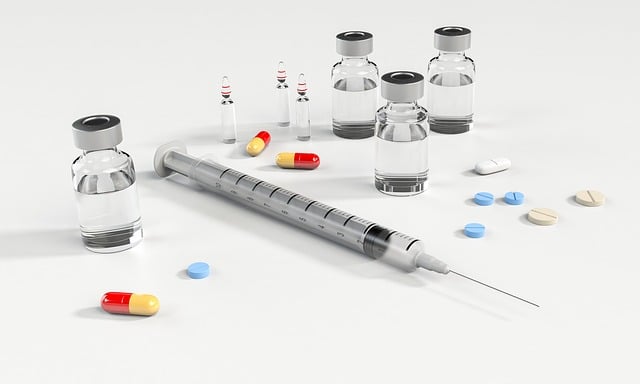In South Africa, medical aid schemes offer more comprehensive benefits than health insurance, including hospitalisation, specialist consultations, wellness initiatives, and alternative medicines, but at potentially higher costs. Health insurance provides specific expense coverage through regular premiums, but may exclude pre-existing conditions and have limited provider choices. Choosing between them requires balancing financial capacity and individual healthcare needs.
In South Africa, understanding the distinction between medical aid and health insurance is crucial for making informed decisions about healthcare coverage. This article delves into these two key components of healthcare systems, offering a comprehensive comparison of benefits and costs. We explore how medical aid provides specific services with associated expenses, while health insurance offers broader coverage with varying deductibles. By deciphering their unique features, you can choose the best option for your healthcare needs, ensuring financial protection and peace of mind.
- Understanding Medical Aid: A Comprehensive Overview of Benefits and Costs in South Africa
- Health Insurance: Decoding the Features, Advantages, and Disadvantages in Comparison to Medical Aid
Understanding Medical Aid: A Comprehensive Overview of Benefits and Costs in South Africa

In South Africa, medical aid schemes have evolved into a vital component of healthcare management for individuals and employers alike. These schemes, which are private initiatives, offer members access to a network of healthcare providers in exchange for regular contributions or premiums. Medical aid is more than just insurance; it provides a comprehensive package that includes various benefits designed to cover a wide range of medical expenses. Members enjoy benefits such as hospitalisation, specialist consultations, chronic disease management, preventive care, and even certain wellness initiatives. The costs associated with medical aid are typically structured through monthly contributions or levies, which vary based on factors like age, location, and the level of coverage chosen.
Understanding the cost-benefit structure of medical aid is crucial when comparing it to health insurance. While both aim to provide financial protection against healthcare expenses, medical aid often offers a broader spectrum of services and benefits, including dental care, optical care, and even certain alternative medicines. In contrast, health insurance in South Africa, especially under the national healthcare system, primarily covers essential medical services and may exclude specialized or elective treatments. This comparison highlights the nuances between medical aid and health insurance, emphasizing the need for individuals to weigh their specific healthcare needs and financial capacities when selecting a suitable plan, particularly when considering the broader context of Medical Aid Vs Health Insurance in South Africa.
Health Insurance: Decoding the Features, Advantages, and Disadvantages in Comparison to Medical Aid

Health insurance and medical aid are often used interchangeably, but they serve distinct purposes in South Africa’s healthcare landscape. Understanding their differences is crucial when choosing between the two for optimal health coverage. Health insurance typically involves a contract between an individual and an insurer, where the latter agrees to cover specified medical expenses in exchange for regular premiums. This type of coverage usually focuses on specific treatments or conditions, offering policies tailored to meet diverse needs. A key advantage is accessibility; it provides immediate financial protection during unexpected medical emergencies without requiring complex application processes.
However, health insurance may come with drawbacks. Policies often exclude pre-existing conditions, and waiting periods for specific treatments can apply. Additionally, the range of healthcare providers might be limited, leading to potential challenges in accessing preferred specialists or facilities. In contrast, medical aid schemes are typically employer-driven benefits that offer a comprehensive package of healthcare services. They provide access to a network of hospitals and doctors, often with lower co-pays and out-of-pocket expenses for members. Medical aid generally includes options for routine check-ups, preventive care, and specialized treatments, ensuring continuity in healthcare. Yet, the costs can be higher, and waiting times for certain procedures might exist due to scheme limitations or capacity. When deciding between medical aid and health insurance, individuals should weigh these factors against their financial capabilities and specific healthcare requirements.
When deciding between medical aid and health insurance in South Africa, understanding the nuances of each is key. While medical aid offers comprehensive benefits with potential cost savings through contributions and co-payments, health insurance provides flexible coverage with varying deductibles and out-of-pocket expenses. Ultimately, the best choice depends on individual needs, budget, and preferred level of risk. Comparing these options allows individuals to make informed decisions regarding their healthcare security in South Africa.

